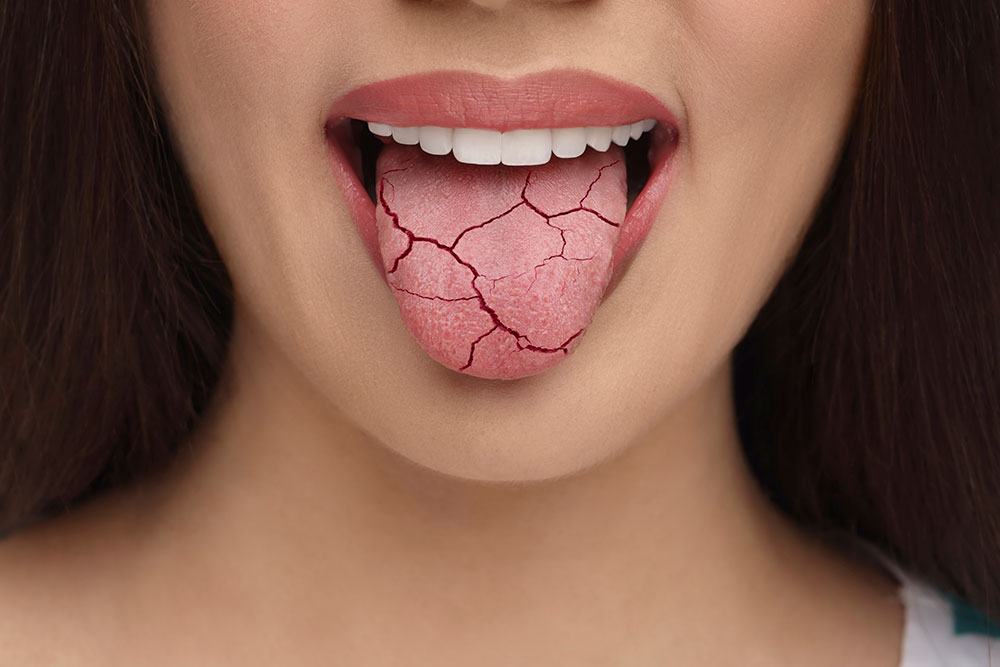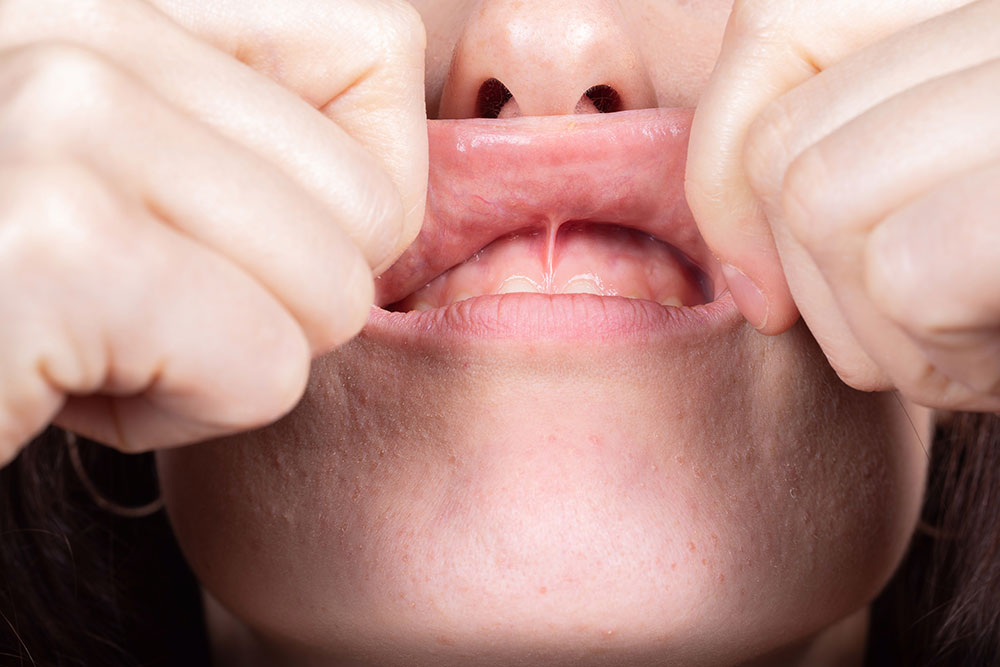
Think You Have An Oral Infection? Here’s What To Look For
Oral infections can range from mild discomfort to severe health complications if left untreated. Recognizing the signs and symptoms of various oral infections is crucial for prompt intervention and effective treatment. Learn the different types of oral infections, causes, symptoms, and treatment options.
Types of Oral Infections
Gingivitis: Gingivitis is the most common form of gum disease. It’s characterized by inflammation of the gums. It is typically caused by poor oral hygiene, leading to plaque and bacteria buildup along the gumline. Gingivitis symptoms include red, swollen gums that may bleed during brushing or flossing.
Periodontitis: When left untreated, gingivitis or gum disease can progress to periodontitis, which a more severe form of gum disease. Periodontitis involves the destruction of the tissues and bones that support the teeth, leading to gum recession, pocket formation, and eventual tooth loss. Symptoms may include persistent bad breath, loose teeth, and gum abscesses.
Dental Abscess: A dental abscess is a localized collection of pus caused by a bacterial infection. It can occur either within the tooth or in the surrounding gum tissue. Symptoms may include severe toothache, swelling, redness, and fever.
Oral Thrush: Oral thrush, also referred to as oral candidiasis, is a fungal infection caused by the overgrowth of Candida albicans yeast in the mouth. It commonly affects infants, older adults, and individuals with weakened immune systems. Symptoms include white, creamy lesions on the roof of the mouth, inner cheeks, tongue, as well as soreness and difficulty swallowing.
Herpes Simplex Virus (HSV) Infection: Oral herpes, caused by the herpes simplex virus (HSV), manifests as fever blisters or cold sores or around the mouth and lips. The initial outbreak may be accompanied by pain, itching, and flu-like symptoms. Recurrent outbreaks tend to be less severe but can still cause discomfort and embarrassment.
Treatment Options
Improved Oral Hygiene: For mild cases of gingivitis, thorough oral hygiene practices such as brushing twice daily, flossing, and using an antimicrobial mouthwash can help reverse the condition. Professional dental cleanings may also be recommended to remove hardened plaque (tartar) from the teeth.
Scaling and Root Planing: In cases of moderate to severe gum disease or gingivitis, a professional deep cleaning procedure called scaling and root planing may be necessary. This involves using specialized tools to remove plaque and tartar from below the gumline to promote gum tissue healing and reattachment.
Antibiotics: Dental abscesses often require antibiotic therapy to eliminate the underlying bacterial infection. The severity of the dental infection will determine if antibiotics may be prescribed orally or administered intravenously. Pain relievers may also be prescribed to alleviate discomfort.
Antifungal Medications: Oral thrush is typically treated with antifungal medications, such as oral rinses, lozenges, or systemic antifungal drugs. Good oral hygiene practices, including brushing the tongue and use of a tongue scraper, can help prevent recurrence.
Topical Treatments: Over-the-counter topical creams or ointments containing antiviral agents may help reduce the duration and severity of oral herpes outbreaks. Keeping the affected area clean and avoiding triggers such as stress, sunlight, and certain foods can also help manage symptoms.
Surgical Intervention: In advanced cases of periodontitis or dental abscesses, surgical intervention may be necessary to remove diseased tissue, repair bone damage, or drain pus accumulation. Periodontal surgery, root canal therapy, or tooth extraction may be performed depending on the extent of the infection.
Prevention Strategies
Maintain Good Oral Hygiene: Regular flossing and brushing, along with regular dental exams, are essential for preventing oral infections and maintaining healthy teeth and gums.
Healthy Lifestyle Choices: Avoiding tobacco use, limiting alcohol consumption, and eating a balanced diet can support overall oral health and immune function.
Manage Stress: Constant or high stress weakens the immune system and can contribute to oral health problems such as canker sores and herpes outbreaks. Implement stress-reduction techniques such as mindfulness, meditation, or yoga may help alleviate symptoms.
Stay Hydrated: Consuming plenty of water helps keep the mouth moist and assists in saliva production, which has natural antibacterial properties that help protect against oral infections.
Address Dental Issues Promptly: Early intervention is key to preventing minor dental problems from escalating into more serious infections. If you experience any signs or symptoms of oral infection, such as pain, swelling, or bleeding, seek professional dental care promptly.
Maintaining optimal oral health involves being proactive in identifying and addressing oral infections. By recognizing the signs and symptoms of common oral infections and seeking appropriate treatment, you can protect your teeth, gums, and overall well-being. Remember to prioritize good oral hygiene practices, attend regular dental check-ups, and consult your dentist if you have any concerns about your oral health. With proper care and attention, you can enjoy a healthy, vibrant smile for years to come. Contact us to learn more or to schedule a consultation.




